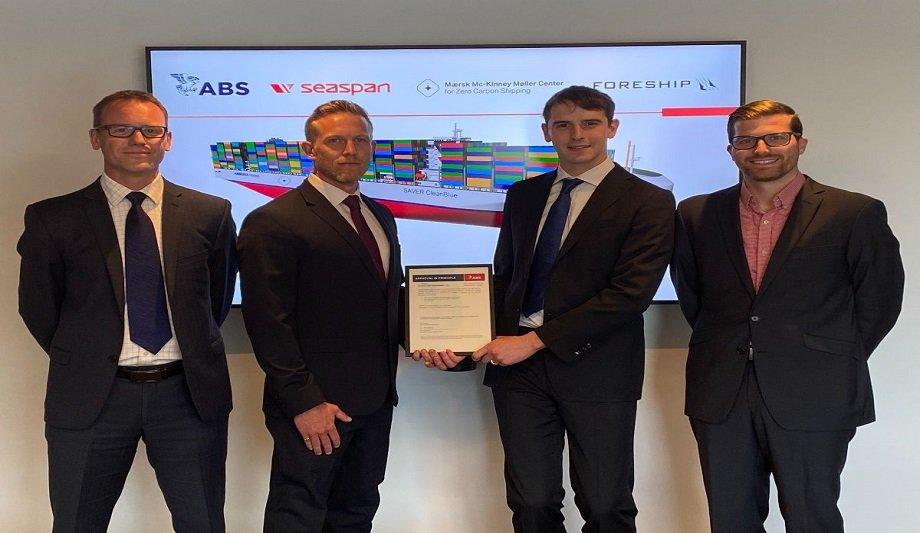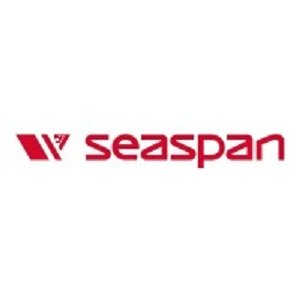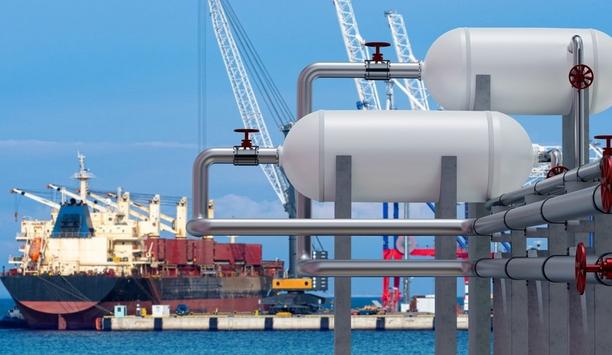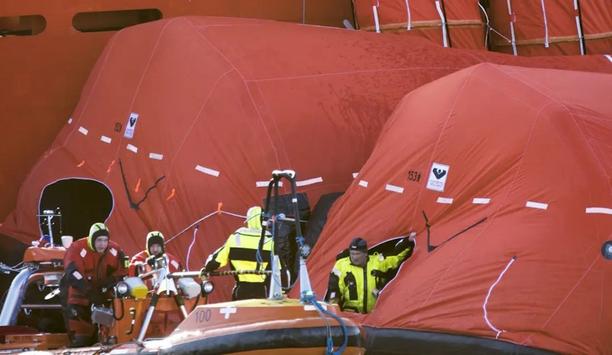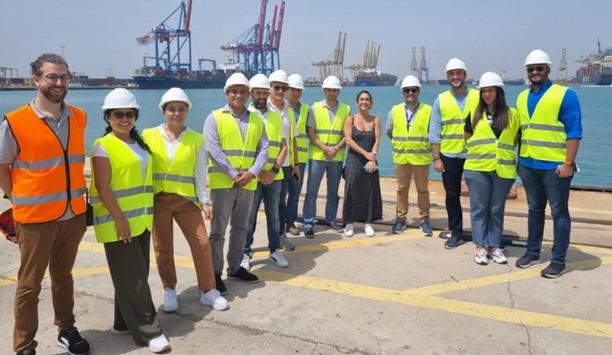Classification society American Bureau of Shipping (ABS) awarded Seaspan Corporation and the Mærsk Mc-Kinney Møller Center for Zero Carbon Shipping (MMMCZCS) in collaboration with Foreship an Approval in Principle (AiP) for the design of a 15,000 TEU ammonia-powered container vessel.
The certificates were presented at the ABS office in Copenhagen on July 25th, 2023.
Ammonia: alternative marine fuel
Ammonia is a promising alternative marine fuel. However, there are currently no ships capable of sailing on ammonia. In 2022, Seaspan and the MMMCZCS jointly initiated a project to better understand the challenges and opportunities of designing a large ammonia-fueled container vessel.
A concept design for a 15,000 TEU container vessel was developed in close collaboration with ship designer Foreship and classification society ABS.
Safety objective, and impact
Documentation included a fuel range and endurance analysis, ammonia tank, and system location assessments
The project included defining the safety objective, the impact of ammonia as a fuel on vessel performance, completion of a hazard identification (HAZID) qualitative risk assessment, and development of the concept design.
Documentation included a fuel range and endurance analysis, ammonia tank and system location assessments, general arrangement, main machinery and electrical system design, and initial vessel stability calculations.
Ammonia supply chain
The project is connected to the Singapore Ammonia Bunkering Feasibility Study (SABRE) consortium, focusing on developing and demonstrating an ammonia supply chain in Singapore.
- Phase 1 performed an end-to-end technical and commercial feasibility study of ammonia bunkering in Singapore along with a preliminary ammonia bunkering vessel design.
- Phase 2 is investigating how to mature the commercial feasibility so that contractual terms across the supply chain are prepared and can be executed to establish an ammonia bunkering operation in Singapore. The 15,000 TEU vessel was designed as a potential receiver of ammonia fuel from bunker vessels currently under design and development.
Maritime decarbonisation
Ammonia is a very promising future marine fuel and this project is a vital and significant step"
Speaking on the presentation of the AiP, Peter Jackson, Senior Vice-President Assets & Technology at Seaspan Corporation, said, “This is a very good example of industry collaboration, where maritime organisations are working together and taking tangible steps to decarbonise the maritime industry."
"Ammonia is a very promising future marine fuel and this project is a vital and significant step in the development and realisation of ammonia-powered containerships.”
Safe adoption of ammonia
Thomas McKenney, Head of Ship Design at Mærsk Mc-Kinney Møller Center for Zero Carbon Shipping, added, “This project highlights the importance of collaborative design development and proper safety case integration as the ammonia fuel pathway matures for the maritime industry.”
“This landmark vessel is an important step towards helping ship owners and operators benefit from ammonia’s zero-carbon tank-to-wake emissions profile. However, ABS recognises that ammonia presents a specific set of safety and technology challenges, and we are committed to guiding the industry in supporting its safe adoption at sea,” said Panos Koutsourakis, ABS Vice President, Global Sustainability.
Naval architecture, marine engineering expertise
Foreship has a clear strategy and focuses on decarbonisation services and supporting the marine industry"
Shaun White, Managing Director UK at Foreship Ltd, added, “Foreship has a clear strategy and focuses on decarbonisation services and supporting the marine industry to achieve net zero targets."
"This innovative project demonstrates how Foreship works in collaboration with ship owners, classification societies, and research organisations applying industry-pioneering naval architecture and marine engineering expertise to ship designs using promising alternative fuels.”
Risk assessment
A report detailing the concept design, how the ammonia safety case was developed and outcomes from the risk assessment will be published by MMMCZCS.
The potential commercialisation of the vessel design concept based on technology and shipyard readiness will be the focus of the next stage of this project.
